Carboniferous period
(359-299 MYA)
5
Biomes
5
Continents
8
Animals
18
Plants

Map
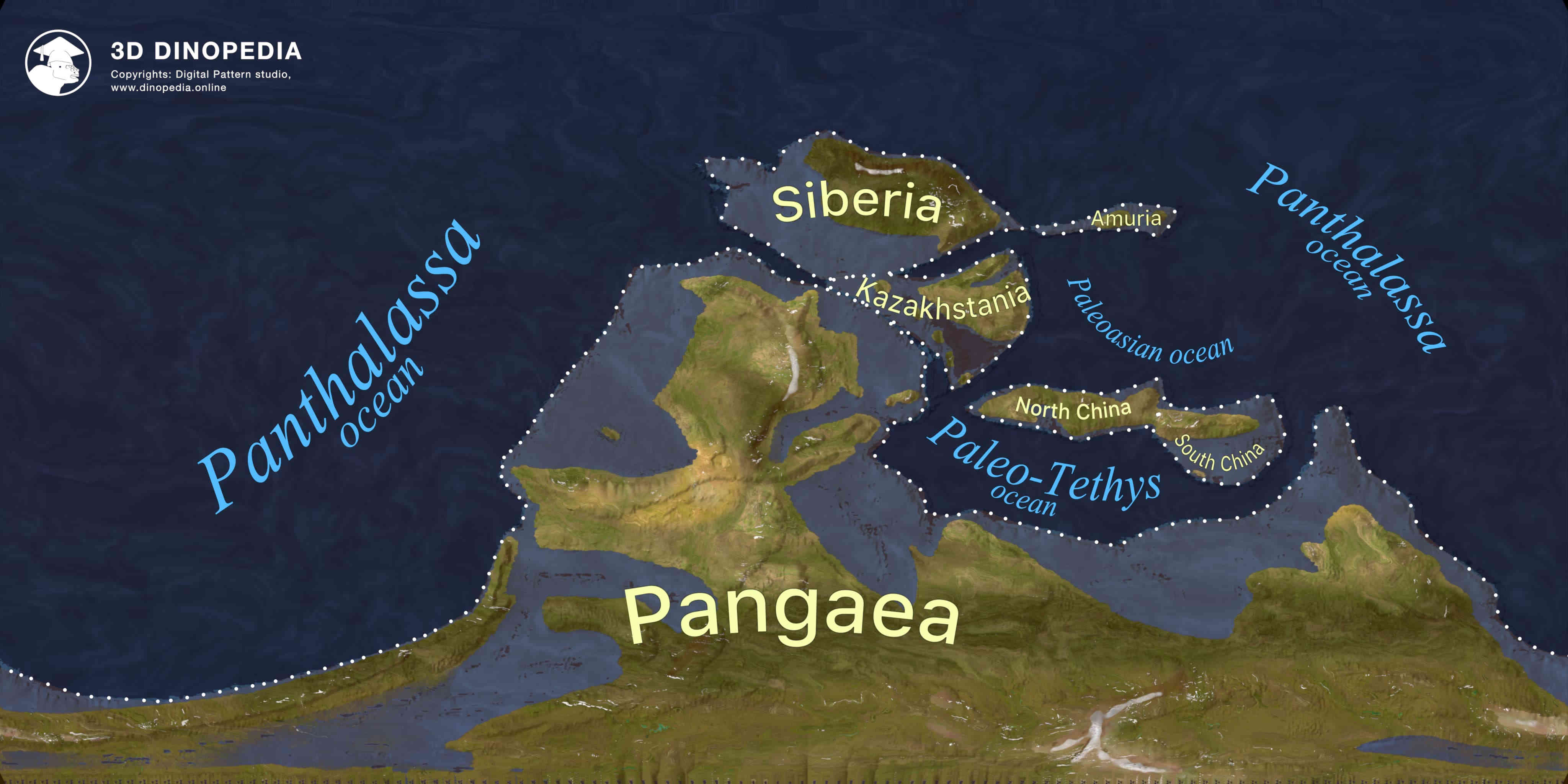
Description
The Carboniferous period, also known as the Carbon, is the fourth period of the Paleozoic era. This period began approximately 359 million years ago and lasted until 299 million years ago. Thus, the duration of the period was 60 million years. It got its name from the massive deposits of coal that formed during this time.
During this period, significant changes occurred in geography, climate, and life. Throughout the period, massive tectonic movements of the Earth's crust blocks occurred, leading to the formation of the supercontinent Pangea by the end of the period. Earth's climate was generally similar to today's. However, the concentration of oxygen was much higher, reaching an incredible 35%. The high oxygen content facilitated easier ignition and better spread of fire, hence the Carboniferous period was characterized by very frequent and destructive forest fires. And there were plenty of forests; they covered vast spaces now occupied by Europe, North America, the northern part of South America, and Africa. The forests formed very unusual plants: tree ferns, horsetails, and ferns, but by the end of the period, familiar seed plants had also appeared.
The forests of the Carboniferous period were home to many species of animals. The most characteristic fauna were huge insects and millipedes. The evolution of terrestrial vertebrates continues, and giant amphibians resembling crocodiles, the Labyrinthodontia, fill the bodies of water. And around 305 million years ago, the first animals independent of water - reptiles and synapsids (ancestors of mammals) - appeared.
Marine life thrived, especially in the numerous shallow seas that covered part of the territory of modern continents. Limestone deposits formed from the shells of living creatures that accumulated on the seabed are used for construction today.
Overall, the Carboniferous period was a time of significant changes on Earth that had an important impact on its further development and the evolution of life on the planet.
Note: Labyrinthodonts are a group of extinct amphibians that lived from the end of the Devonian period to the beginning of the Tertiary period. They received the name "labyrinthodont" because of the complex pattern, reminiscent of a labyrinth, on the surface of their teeth. These creatures were among the first to fully adapt to life on land, although they continued to lead an aquatic lifestyle. They could reach significant sizes - some species were as big as modern crocodiles.

Animals
Expand more
Loading...

3D Biomes
Articles
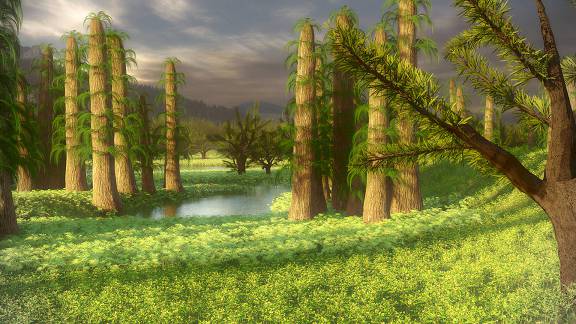
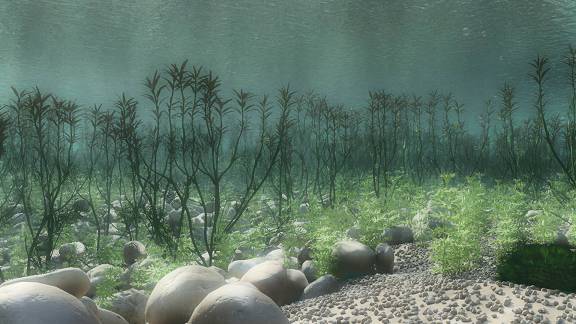
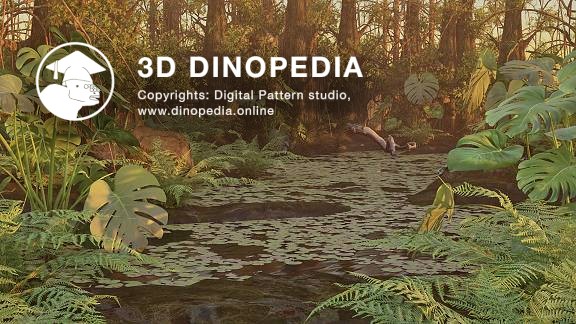
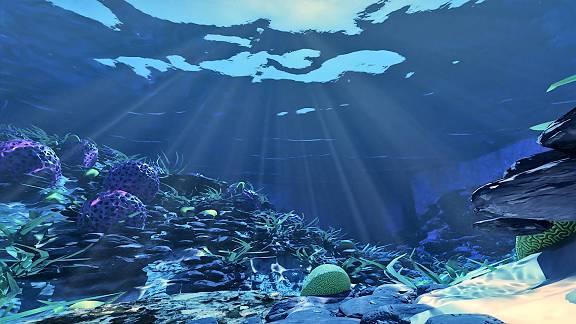

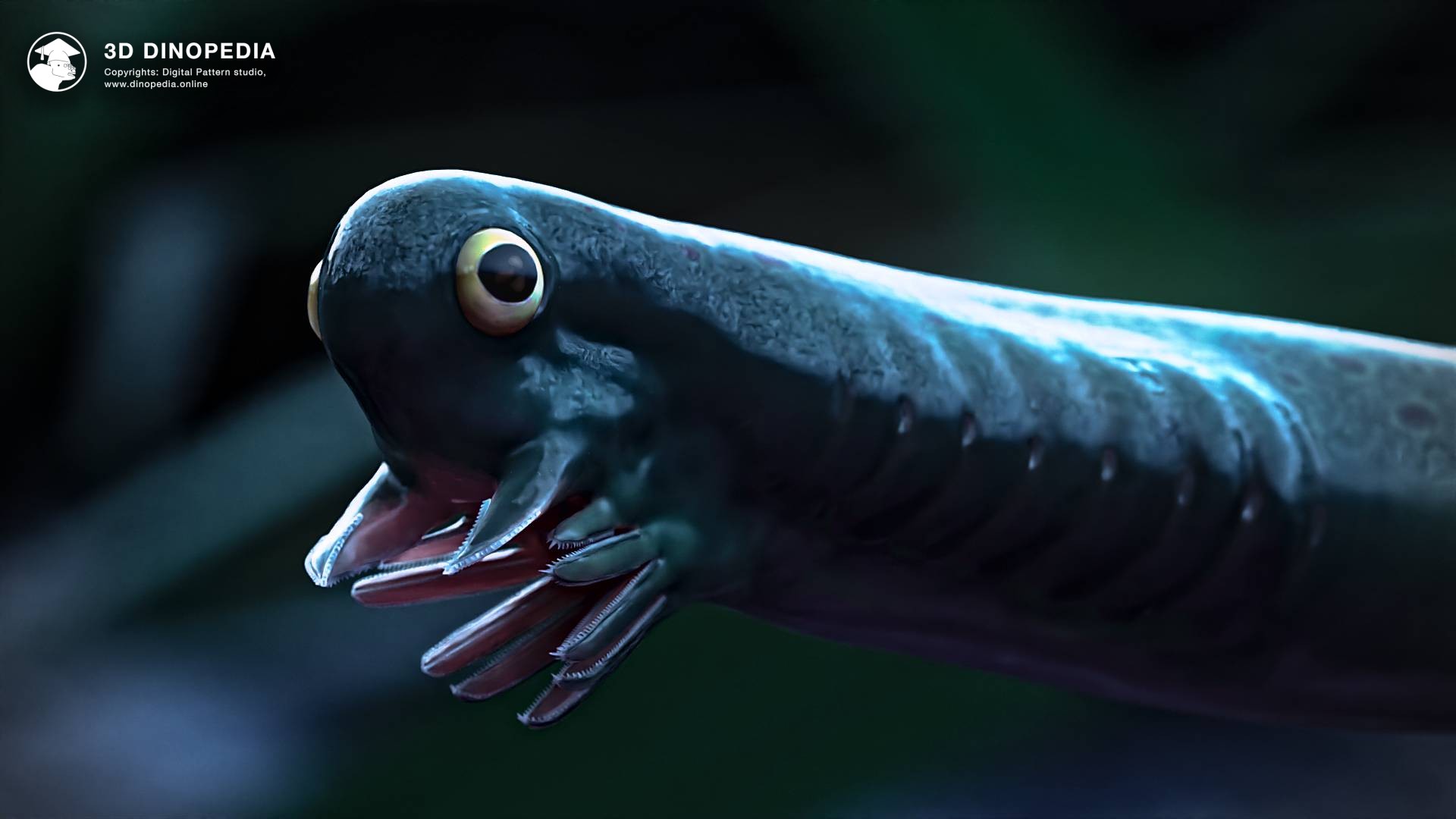
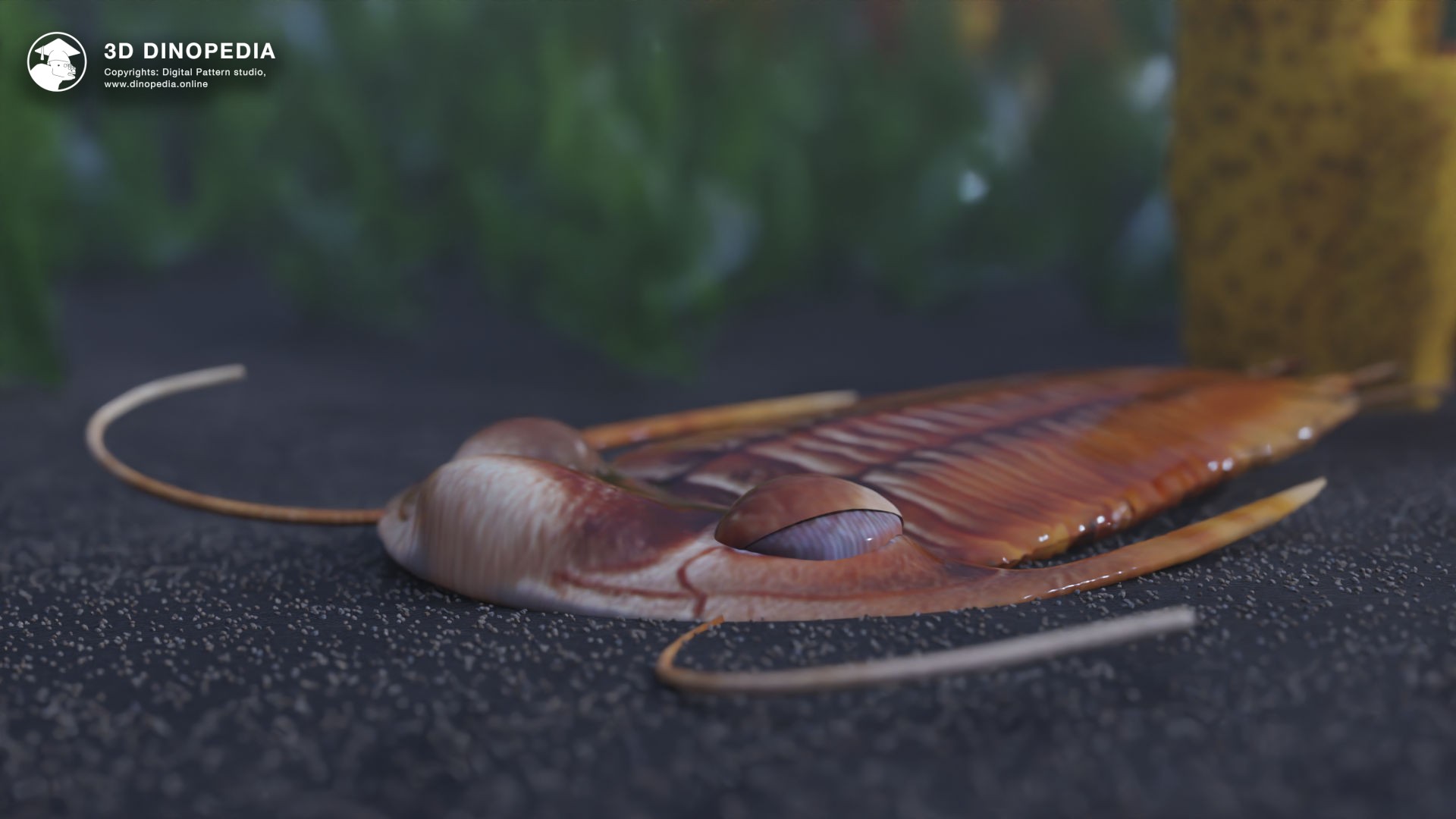

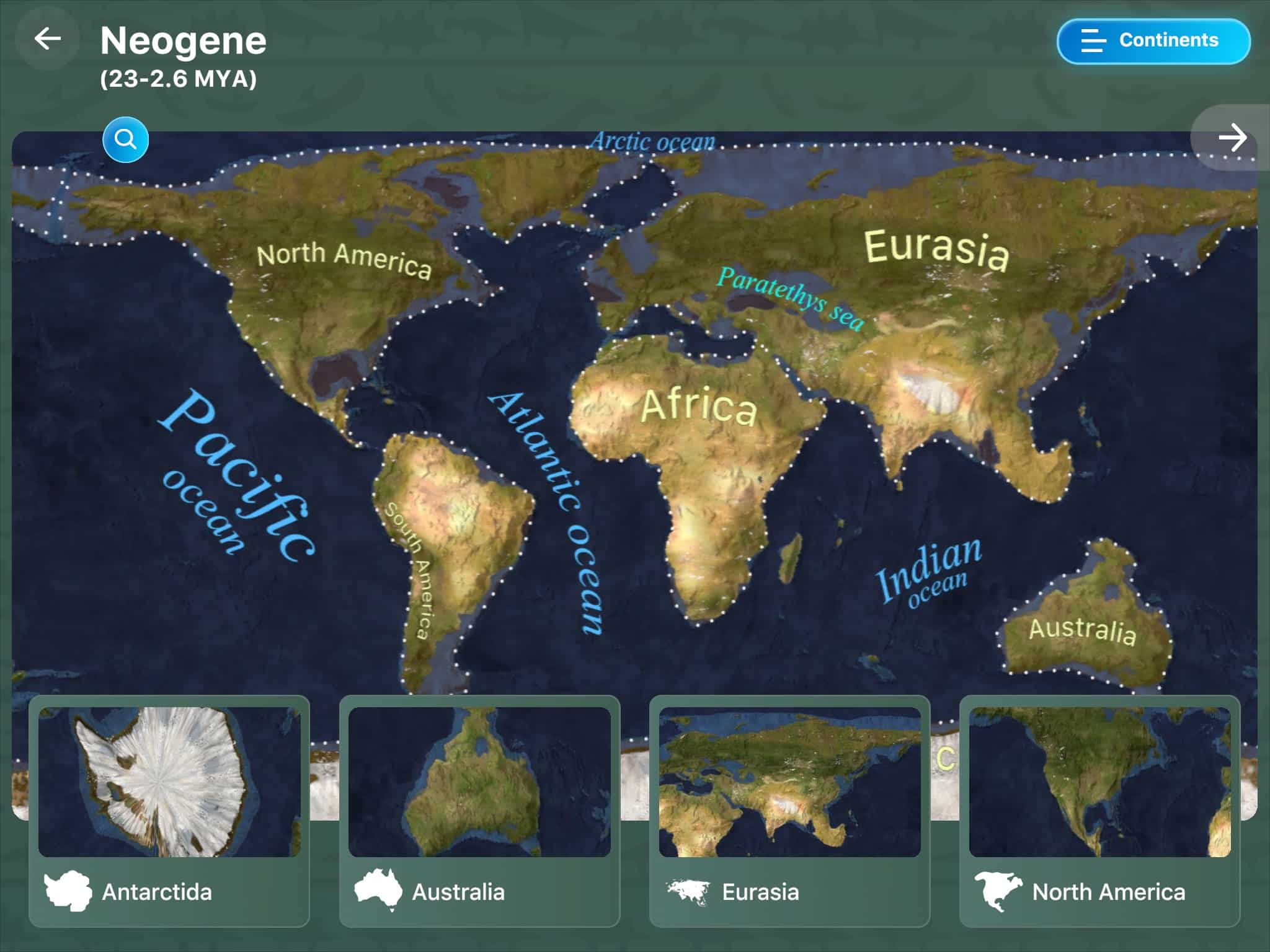

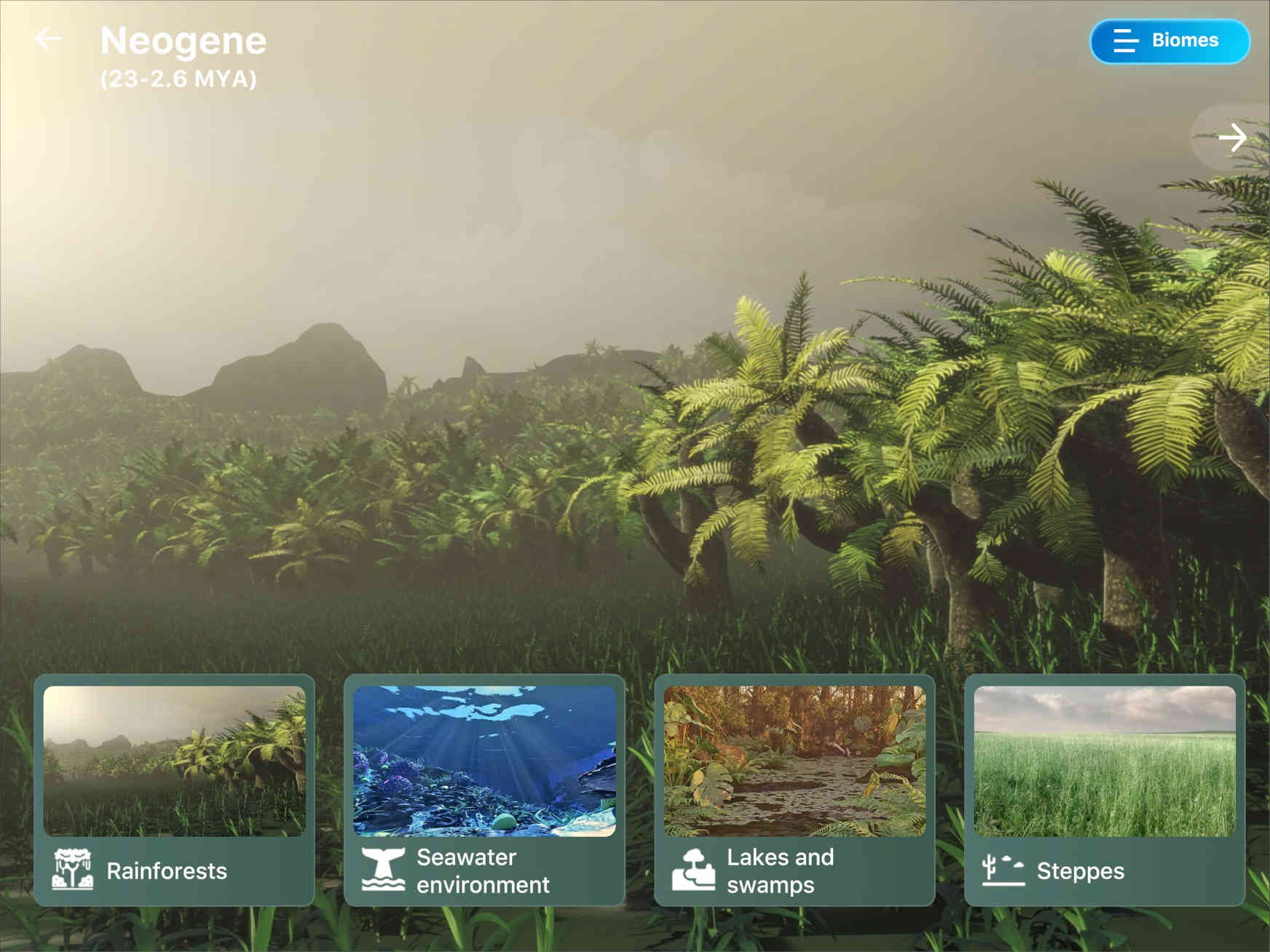
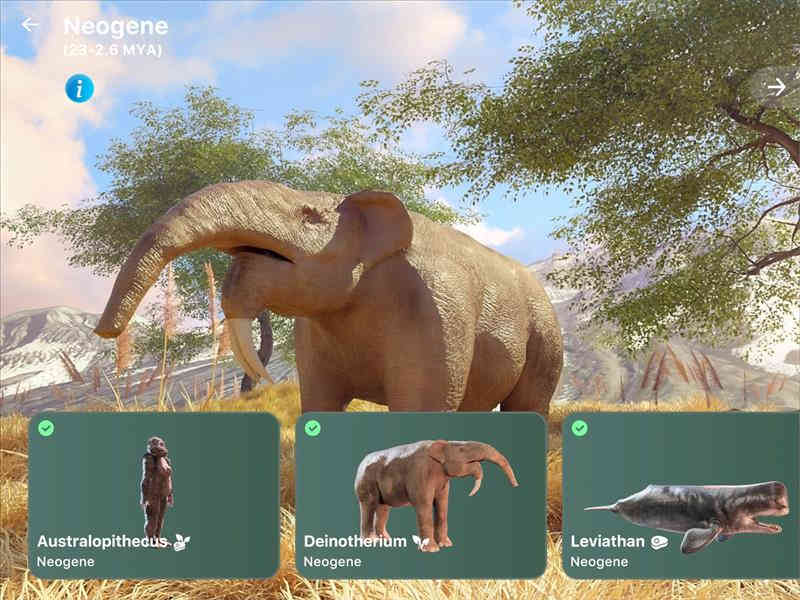





 CONTINENTS
CONTINENTS
 3D BIOMES
3D BIOMES
 FAUNA
FAUNA
 FLORA
FLORA
 EVENTS
EVENTS
 DISCOVERIES
DISCOVERIES
 GALLERY
GALLERY
 3D EARTH
3D EARTH

